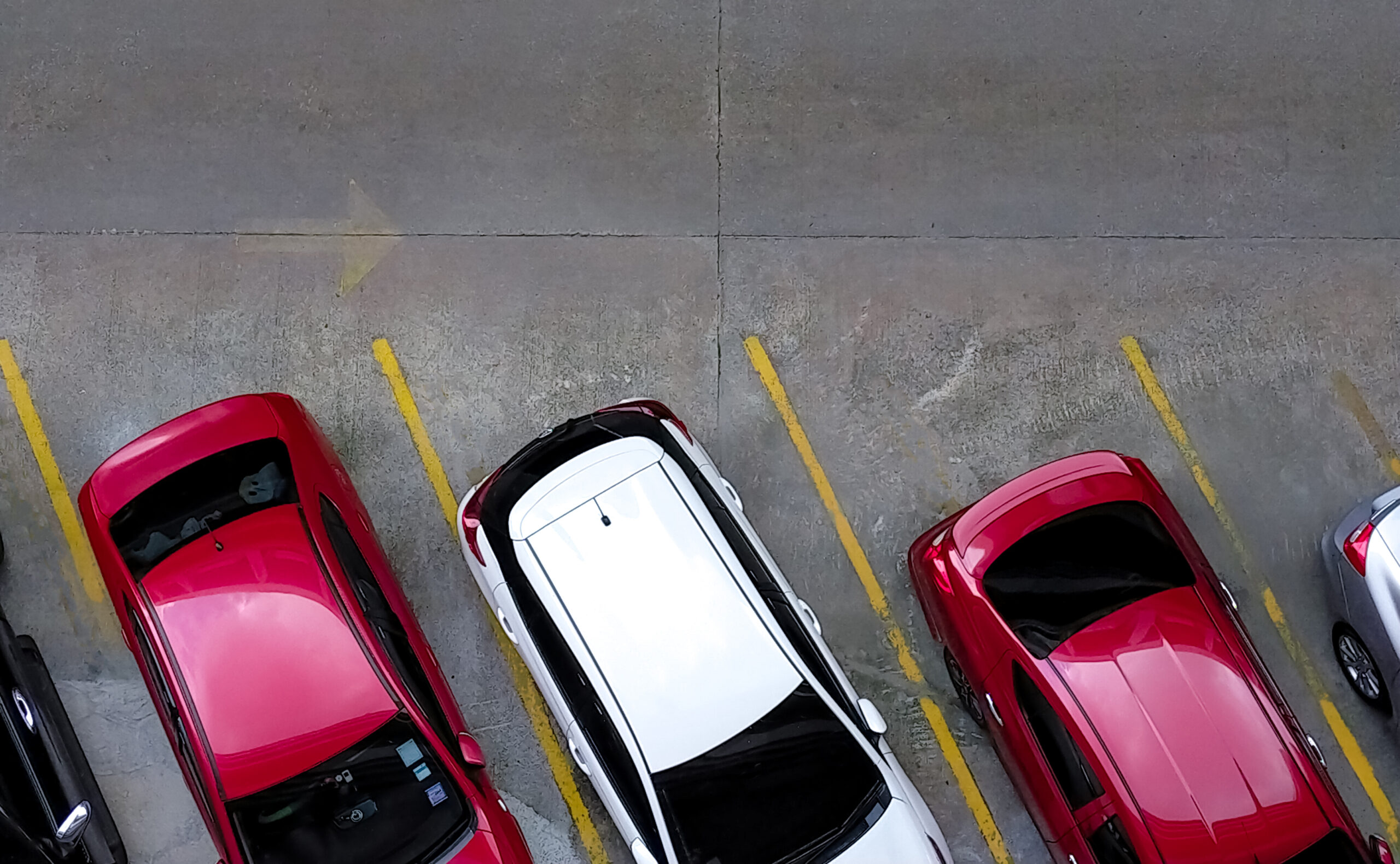While investor focus has been on Telsa, Waymo has quietly taken the lead in robotaxis.
In a move that stole some thunder from the big robotaxi event that Tesla (TSLA -1.25%) has scheduled for Thursday evening, Alphabet‘s (GOOGL -1.54%) (GOOG -1.57%) Waymo unit last week announced a major robotaxi-related deal with South Korean automaker Hyundai.
While a lot of the recent news coverage around Alphabet has focused on the antitrust and anticompetitiveness probes into the company, self-driving-focused Waymo is quietly becoming a potentially important asset for it. And despite the attention electric vehicle (EV) leader Tesla gets for its robotaxi ambitions, it’s possible that Alphabet might wind up the real winner in the space. Here’s why.
The deal with Hyundai
Under their new multiyear strategic partnership, Hyundai will incorporate Waymo’s latest autonomous driving technology into a significant number of electric Ioniq 5 SUVs over the next few years — vehicles that are eventually destined to become part of Waymo’s robotaxi fleet.
These vehicles will be assembled at Hyundai’s soon-to-open manufacturing plant in Georgia. Waymo plans to begin on-road test drives of the EVs in late 2025 and expects to deploy them as part of its robotaxi fleet in the following years.
Hyundai just so happens to be the No. 2 maker of EVs in the U.S., with about a 10% market share when including its Hyundai, Kia, and Genesis brands. Its $7.6 billion Georgia facility is expected to contribute to further EV market share gains.
At its highly anticipated robotaxi event Thursday evening, Tesla is expected to give the public a first look at its new robotaxi, provide an update on its progress toward truly full self-driving (FSD) technology, and offer insights about when its robotaxi service may launch. While some analyst expectations are fairly muted, Tesla could certainly surprise and show more progress than analysts and investors are expecting. That said, Tesla is clearly behind Waymo at this point.
Waymo’s robotaxi service is currently the only one operating in the U.S., with a fleet of about 700 self-driving vehicles carrying passengers regularly in Phoenix, Los Angeles, and San Fransisco. Meanwhile, it’s testing the service in Austin, Texas, with plans for a full launch in the city soon.
As of six months ago, Tesla had yet to even apply for permits in the states that regulate robotaxis, including Arizona, California, and Nevada. Since then, Tesla has received a permit to test autonomous vehicles in California through the Department of Motor Vehicles, but it has not yet discussed getting a permit with the California Public Utilities Commission, which licenses ride-hail operations. When Waymo sought its own permit from California regulators to operate robotaxis for paying passengers in the state, the process from application to approval took eight months, so it is going to take some time before Tesla can begin operations in California.
Image source: Getty Images
Tesla does not yet have approved FSD technology — its current technology requires an attentive human driver to be present. That technology has also received a lot of criticism, and the NHTSA investigated 956 crashes involving Tesla’s autopilot or FSD technology from January 2018 through August 2023. There have been a number of high-profile Tesla crashes, including one earlier this year where a car under the control of its newest FSD technology slammed into a California Highway Patrol cruiser that was responding to a crash, and another where the technology failed to detect a moving train.
While Tesla spurned both lidar and radar technology in the past, it now appears to be trying to catch up both on the technology and real-world application fronts. Earlier this year, lidar maker Luminar Technologies reported that in the first quarter, Tesla was its biggest customer. That likely came as a surprise to many onlookers, as Tesla CEO Elon Musk had previously said that companies using lidar to underpin their self-driving technology were doomed to fail. Tesla could be changing its approach to lidar, but currently, none of its vehicles are equipped with the technology.
Waymo, a hidden gem within Alphabet
It’s difficult to argue against the idea that Waymo has the lead in the robotaxi market — after all, it’s the only company actually running this type of business in the U.S. Next, it will have to continue to reduce the costs of these vehicles, which it is looking to do with its latest autonomous driving tech, Waymo Driver. Compared to its previous system, Waymo Driver decreases the number of cameras around the vehicles from 29 to 13, and reduces the number of lidar sensors from five to four. It is still testing this new technology to determine whether it can decrease the number of cameras and still have the same level of safety.
Until costs come down, robotaxis will be more of a speculative bet than the foundation of a solid investment thesis. However, the great thing about an investment in Alphabet is that Waymo amounts to the equivalent of a free lottery ticket to go with shares that are today being valued based on the current business. Meanwhile, many Tesla investors, including ARK Invest’s Cathie Wood, are centering their investment thesis for the EV giant on its robotaxi ambitions.
Alphabet trades at a forward price-to-earnings ratio of 19 times next year’s earnings estimates for the world’s most dominant search company, a fast-growing cloud computing business, and a leading streaming video platform. At this point, Waymo is largely an afterthought that isn’t reflected much, if at all, in its valuation.
Given that, if Waymo can become a growing, profitable business, Alphabet investors could win big. If it doesn’t, they don’t have much to lose. But at this point, Waymo has a large lead in the robotaxi race. That should give investors another reason to consider picking up Alphabet shares.

